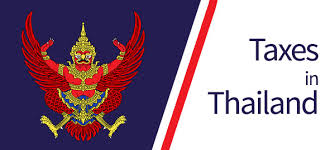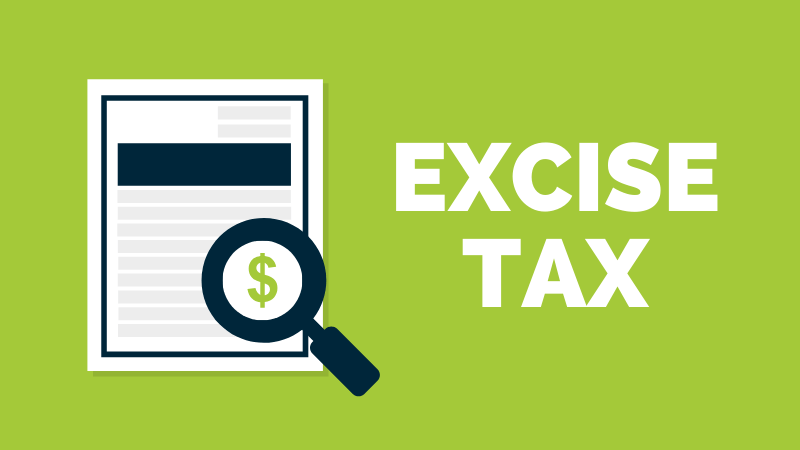Customs Duty Rates in Thailand
About TMA Group
TMA Group is a professional company focusing on local recruitment and corporate consulting in Thailand, dedicated to providing one-stop services including recruitment, financial management, tax disposal, legal consulting, personnel management, etc. for enterprises and individuals. If you need more advice on investment in Thailand, please feel free to contact us.
Customs Duty Rates in Thailand:
Thailand imposes customs duties on imported goods based on various criteria, including the HS (Harmonized System) code of the goods, their value, and the country of origin. The duty rates can vary significantly based on the type of goods, and some imports benefit from reduced or zero duties under Free Trade Agreements (FTAs) or Special Economic Zones (SEZs).
Here's a detailed breakdown of customs duty rates for different types of goods in Thailand:
1. General Structure of Customs Duty Rates
a. Ad Valorem Duty
This is the most common type of customs duty, applied as a percentage of the customs value (which includes cost, insurance, and freight - CIF). Ad valorem duties can range from 0% to 80%.
b. Specific Duty
A fixed amount charged per unit (e.g., per kilogram, per piece, etc.), rather than a percentage of the value.
c. Compound Duty
A combination of ad valorem and specific duties, applied in cases where both types of duties are relevant.
2. Customs Duty Rates for Different Categories of Goods
Here are some common categories of goods and their corresponding duty rates:
| Category of Goods | Customs Duty Rate | Notes |
|---|---|---|
| Food Products | 5% to 30% | Includes processed foods, beverages, and packaged foods. |
| Agricultural Products | 0% to 20% | Includes fruits, vegetables, and animal products. |
| Automobiles (Passenger Cars) | 30% to 80% | Higher rates apply to luxury cars. |
| Motorcycles | 0% to 30% | Typically lower for motorcycles compared to cars. |
| Electronics (e.g., mobile phones, laptops) | 0% to 20% | Consumer electronics often have lower duties. |
| Machinery and Equipment | 0% to 10% | Used machinery is often subject to lower duties. |
| Textiles and Apparel | 0% to 20% | Tariffs are typically low on fabrics but higher on finished garments. |
| Jewelry and Precious Metals | 0% to 10% | Typically low duties to encourage the trade in high-value items. |
| Tobacco and Cigarettes | 40% to 60% | Significant duties imposed to discourage imports. |
| Alcoholic Beverages (e.g., wine, beer) | 20% to 60% | Higher duties on alcoholic beverages. |
| Petroleum Products | 0% to 5% | Essential energy products tend to have lower duties. |
| Pharmaceuticals (Medicines) | 0% | Pharmaceuticals are often exempt or have very low duties to ensure accessibility. |
| Chemicals | 0% to 10% | Industrial chemicals tend to have lower duties. |
| Furniture and Household Items | 0% to 20% | Duty varies based on material and type of item. |
| Cosmetics and Personal Care | 5% to 20% | Tariffs depend on product composition and market demand. |
| Books and Educational Materials | 0% | Educational materials often have duty exemptions. |
| Computer Parts | 0% to 10% | Components for personal computers typically have low rates. |
3. Free Trade Agreements (FTAs) and Reduced Duties
Thailand has signed numerous Free Trade Agreements (FTAs) that allow reduced or zero customs duties on imports from specific countries or regions. Here are a few notable FTAs that impact customs duties:
a. ASEAN Free Trade Area (AFTA)
Under AFTA, ASEAN member countries (Brunei, Cambodia, Indonesia, Laos, Malaysia, Myanmar, Philippines, Singapore, Thailand, and Vietnam) benefit from preferential tariffs. Many goods traded within ASEAN countries are subject to 0% duties.
b. ASEAN-China FTA
Goods imported from China into Thailand may qualify for reduced duties under the ASEAN-China FTA, depending on the product type.
c. Japan-Thailand Economic Partnership Agreement (JTEPA)
Goods originating from Japan, including electronics and machinery, can enter Thailand with zero or reduced duties under the JTEPA.
d. Thailand-Australia FTA (TAFTA)
Certain goods from Australia, particularly agricultural products, enjoy lower duties or exemptions.
e. Thailand-India FTA (AIFTA)
Some products from India, such as textiles and chemicals, are eligible for lower duty rates under this agreement.
4. Customs Valuation and Classification
The customs duty calculation in Thailand is based on the customs value, which includes the CIF value (Cost, Insurance, and Freight). The customs value is used to determine the ad valorem duty rates.
a. CIF Value
The CIF value is calculated as follows:
CIF Value = Cost of Goods + Freight Charges + Insurance Premium
This value is the basis for calculating ad valorem duties.
b. HS Code Classification
HS Code (Harmonized System) is used to classify goods according to international standards. Each product category has a specific HS code, which determines the applicable duty rate.
Importers must ensure that goods are properly classified under the correct HS code to avoid misclassification penalties.
5. Customs Duty Exemptions and Special Zones
Certain imports are eligible for duty exemptions or reduced rates, including:
Board of Investment (BOI) Incentives:
Businesses that are approved by the Thai BOI for investment promotions may be eligible for duty exemptions or reductions on machinery, raw materials, and certain other imports.Free Trade Zones:
Imports into Free Trade Zones (FTZs) or Special Economic Zones (SEZs) may be exempt from customs duties if they are re-exported outside Thailand or used for specific purposes.Temporary Imports:
Certain goods imported temporarily (e.g., for trade shows or construction projects) may be eligible for temporary importation exemptions, subject to re-exportation conditions.
6. Filing and Payment
Customs Declaration:
Importers must submit a Customs Declaration Form and provide supporting documents such as invoices, packing lists, and certificates of origin (for FTAs).Payment of Duties:
Duties are paid to the Thai Customs Department either through authorized banks or online platforms after customs clearance.
7. Penalties for Non-Compliance
Misdeclaration or Incorrect Classification:
Importers may face fines up to 4 times the amount of the unpaid duties for misclassifying goods or providing incorrect information.Failure to Pay Duties:
Failure to pay customs duties on time may result in late payment penalties of up to 1.5% per month of the unpaid duty.
8. Practical Considerations
Correct Classification:
Ensure goods are correctly classified under the appropriate HS code to avoid incorrect duty rates and penalties.Use of FTAs:
Take advantage of FTAs and provide proper documentation (e.g., certificates of origin) to reduce or eliminate customs duties.Customs Brokers:
For large shipments or complex imports, consider working with a customs broker to navigate the customs process smoothly and ensure compliance.
If you need further details on specific products, HS codes, or the customs duty calculation process, feel free to ask!
TMA Consulting Management has been paying attention to the updating of information through newsletters for many years, but we do not assume any responsibility for the completeness, correctness or quality of the information provided. No information contained in this article can replace the personal consultation provided by a qualified lawyer. Therefore, we do not assume any liability for damages caused by the use or non-use of any information in this article (including any kind of incomplete or incorrect information that may exist), unless it is caused intentionally or by gross negligence.













